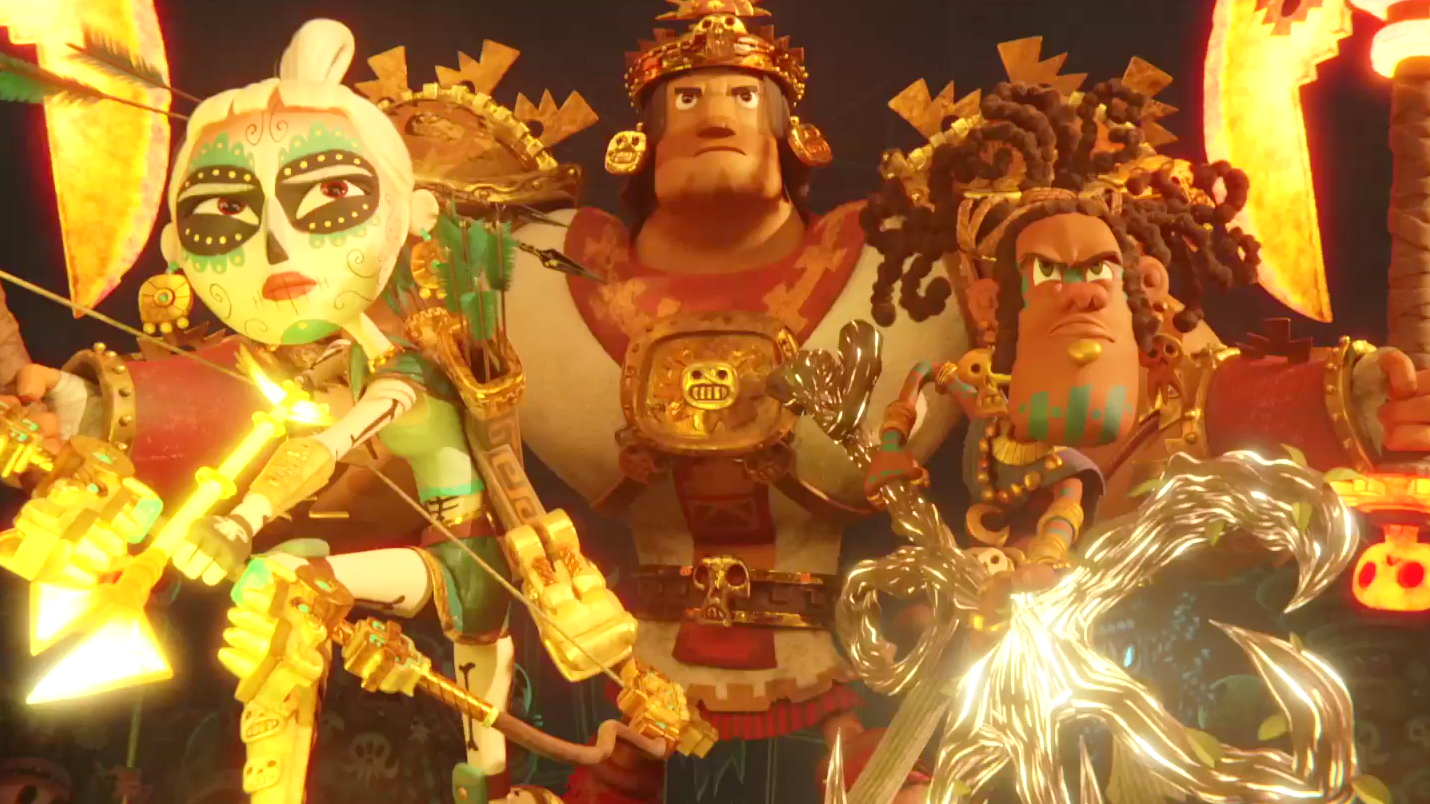
May and the Three is a Mesoamerican Black Panther meets Lord of the Rings? But funny. That's a bold claim, yet Neflix's Maya and the Three, a Limited Run animated series from Golden Globe-winning director Jorge Gutiérrez is just that. We meet the man himself, and his equally talented wife Sandra Equihua to discover exactly what is behind this Mesoamerica fantasy that does for Mexico what Black Panther did for Africa.
"I have to say, one of the movies that really impacted me in the last few years was Black Panther," says Gutiérrez. "They took from all these cultures and made this magic fantasy version, it was inspiring for the whole world."
He explains: "So for me, it was, ‘alright with Maya and the Three we're gonna take these ancient cultures, but we're gonna do our fantasy inspired, but very respectful version. But this is what I imagined as a kid all this looked like. It's idealised. It's the dream of our ancestors coming true, basically.”
Embracing his culture and creating a unique visually arresting fantasy world, the real question is can Maya and the Three go beyond Black Panther's success and ride the hype of Squid Game?
The hero's journey
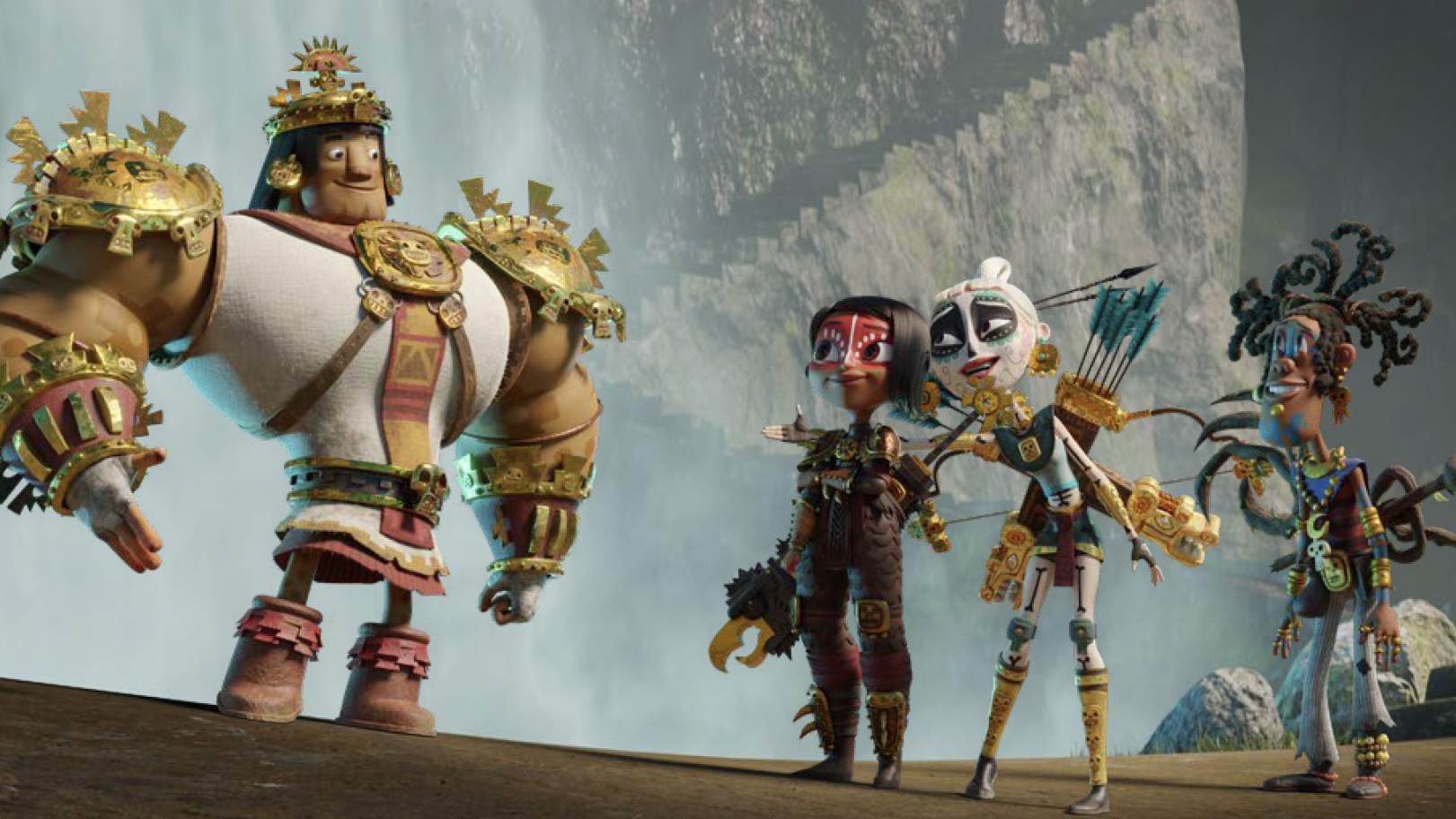
Maya and the Three follows the adventures of Maya, a fifteen year old princess who, on her coronation day, discovers her life is forfeit to the God of War. A price her family agreed to in order to hide their secrets. If she refuses, the whole world will be destroyed. With the stakes high, Maya embarks on a quest to unite three ancient warriors, defeat the gods and save mankind.
Inspired by ancient legends, as well as Clash of the Titans and Wizard of Oz, Gutiérrez is keen to transfer these universal myths into something more personal. He tells us:
“There are things that are in every myth all over the world. So then we started, we asked, ‘why doesn't the camera go south?’ Why doesn't the camera go to these countries?’ And at some point as a kid, you start watching this stuff, and you go, ‘well, if the people who are the heroes don’t look like us then I guess we're not meant to be heroes. And I guess our stories aren't meant to be told’. And so that became the fuel of making something like this.”
Get the Creative Bloq Newsletter
Daily design news, reviews, how-tos and more, as picked by the editors.
The Black Panther comparison begins to make sense the more Gutiérrez talks. Maya and the Three is a nine episode series – or as the director prefers, three epic movies – that delves into the myths of his own Mexican culture, and brings the style and design of Mesoamerica and Caribbean culture to the screen in a vibrant, fantastical way we’ve not seen before.
Colour us impressed
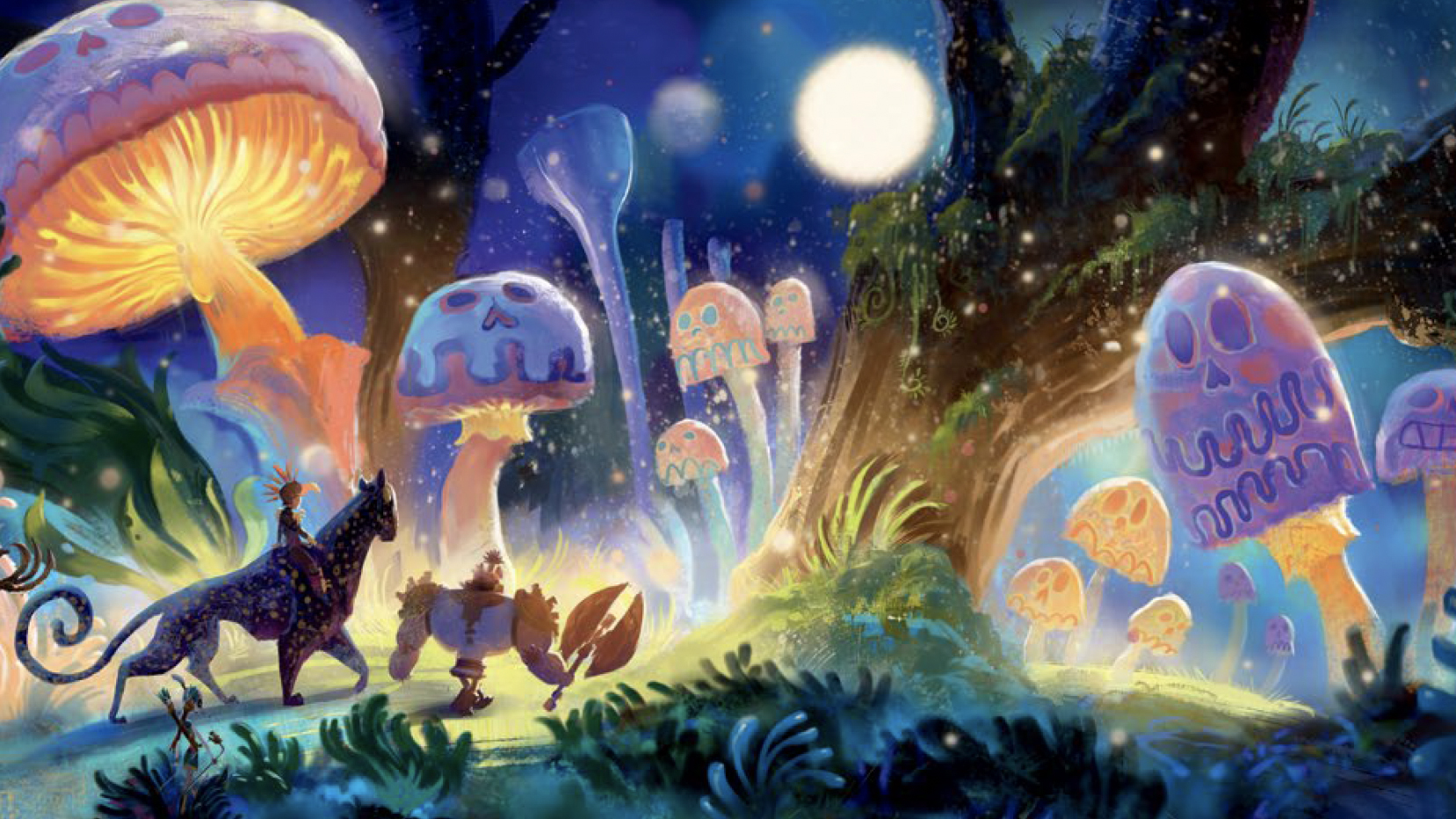
The series is a callback to his childhood. Gutiérrez reflects: “Having gone through all the ruins as a kid you're told, literally, these crumbled buildings and these stones on the floor, they used to be colourful and high and full of people and full of colour, and you never see them. So you basically have to imagine them.”
The director’s love of colour is what sets him apart from other animators. He combines a build stylised look, an animation style that merges 2D, 3D, and stop motion, but colour is his passion. His college tutors told him he was “a floozy with colour,” they said, “you have to make the audience work for it, because you're just giving it away for free.”
Sandra Equihua, character designer on Maya and the Three, and Gutiérrez’s wife, interjects: “Jorge's theory in life is more is more, mine is less is more, so while I've always been okay tone it down a little bit with, Jorge is just like [she makes a vomiting noise, laughing] you know an explosion a throw-up of colour, his palette is limitless.”
Designing Maya
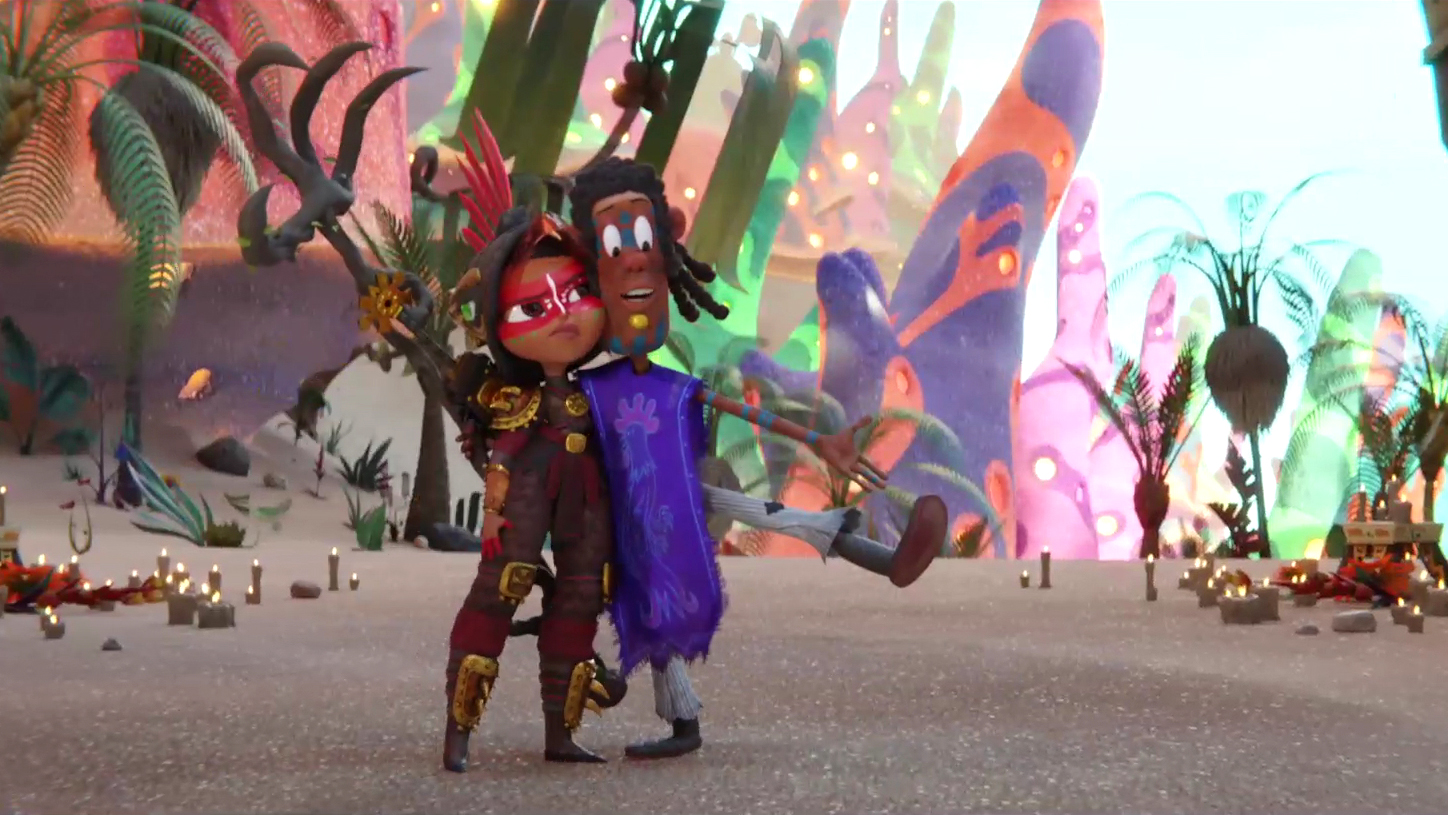
Reflecting on his wife’s involvement Gutiérrez explains how it has been important to represent women properly in Maya and the Three. He shares how male designers can fall into the trap of drawing idealised women. “[But] when it's a female designer, like Sandra, she's designing her own culture, she's designing something she intimately knows. There's going to be truths and there's going to be nuances that will come from someone of that literal upbringing in that culture and those ideas and I think for me, I'd be an idiot to not let a genius designer like her basically take the lead and design all female characters.”
There’s a sense that Maya and the Three is exploring new ideas and celebrating diversity. There’s that Black Panther comparison again. Equihua explains how she designed Maya to reflect her Mexican heritage, childhood, and culture. As well as adding a few design secrets in there to build storytelling – Maya’s design is asymmetrical, for example, because she’s caught between two worlds, her heroic destiny and her love for her normal life.
Equihua tells us: “I grew up in Tijuana, in Mexico, and a lot of my peers were short, we were short and we had a certain type of skin colour and […] I began to realise the more I was down there that we have so many beautiful features on the face as women; we have curves and not only in the US and Mexico but a lot of women out there also have curves and we have to learn to be proud of them.”
There was a choice by Equihua to distance Maya from the usual Disney princess design or the Barbie ideal – “it’s alien-like, she says” – arguing we need to demand more, and begin seeing female heroes of all shapes and sizes. “We have to start introducing something a little more ‘norm’ and learn to value it, you know, and that's what I decided to do with our culture,” says Equihua. “Let's celebrate what we look like instead of just going to the typical, everyday look that all princesses look like; a look that says they have to have a perfect body and no chunkiness, no curves.”
The spirit of D&D
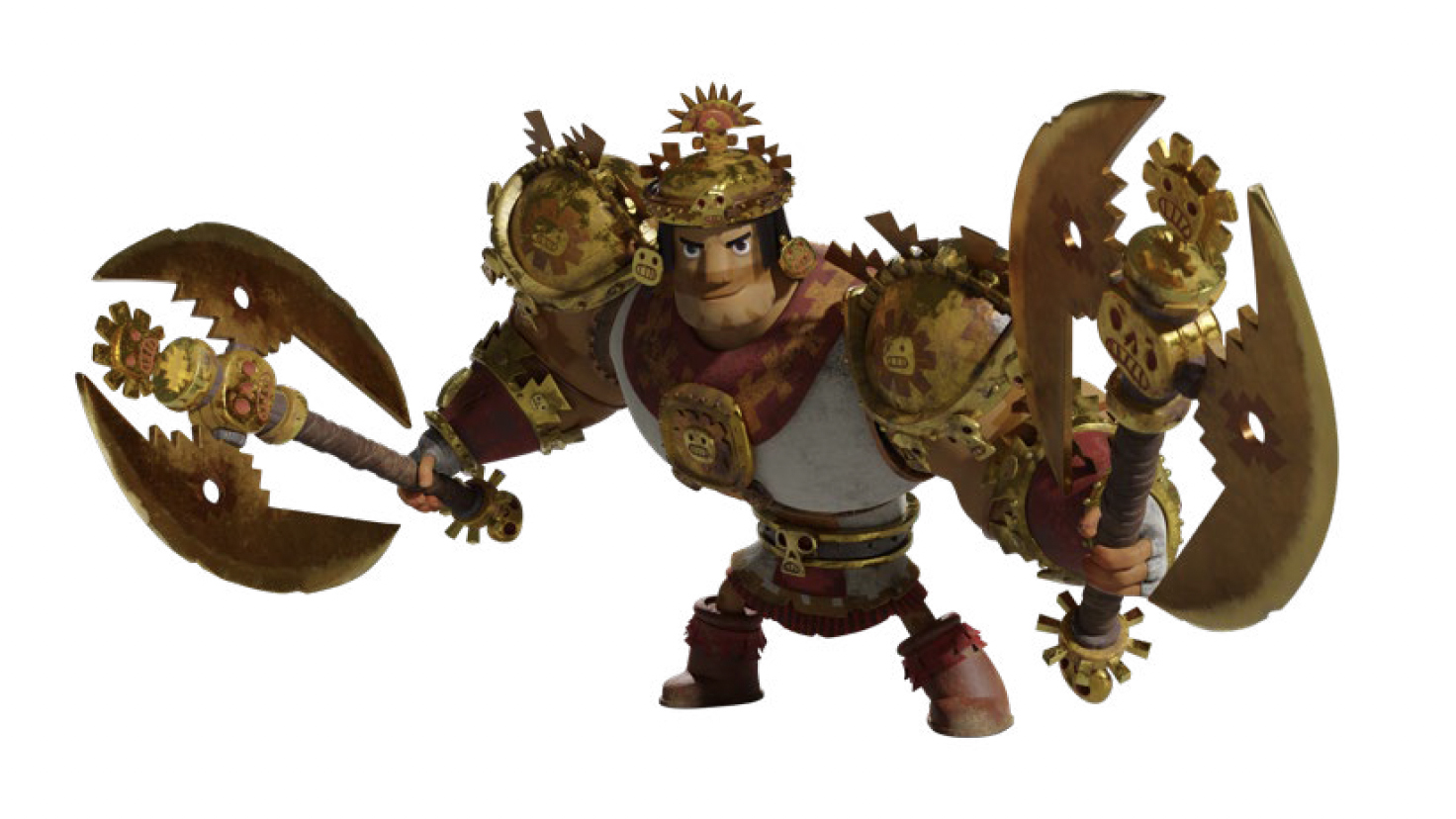
While Equihua comes across and is thoughtful in her design choices – “Maya’s legs are chunky like trees symbolising she’s grounded” – her husband Gutiérrez is known to be a little more impulsive. Picchu the barbarian was created while he played D&D listening to the Conan soundtrack and drinking tequila.
“I witness to that,” laughs Equihua, “he started playing three years ago, he sits down and while everybody's taking their turn he's always drawing, and I could have sworn I saw about three characters come out of those sessions.”
Gutiérrez retorts: “Once you play D&D and you're drinking tequila, the forces the forces of creativity take over… and you know not everything is great.”
“Especially the next day, you look at it and you're like whaaat?” Jokes Equihua.
“It’s like, what did the tequila Santa Claus have for you today? Oh my god!” Laughs Gutiérrez.
Netflix is a game-changer
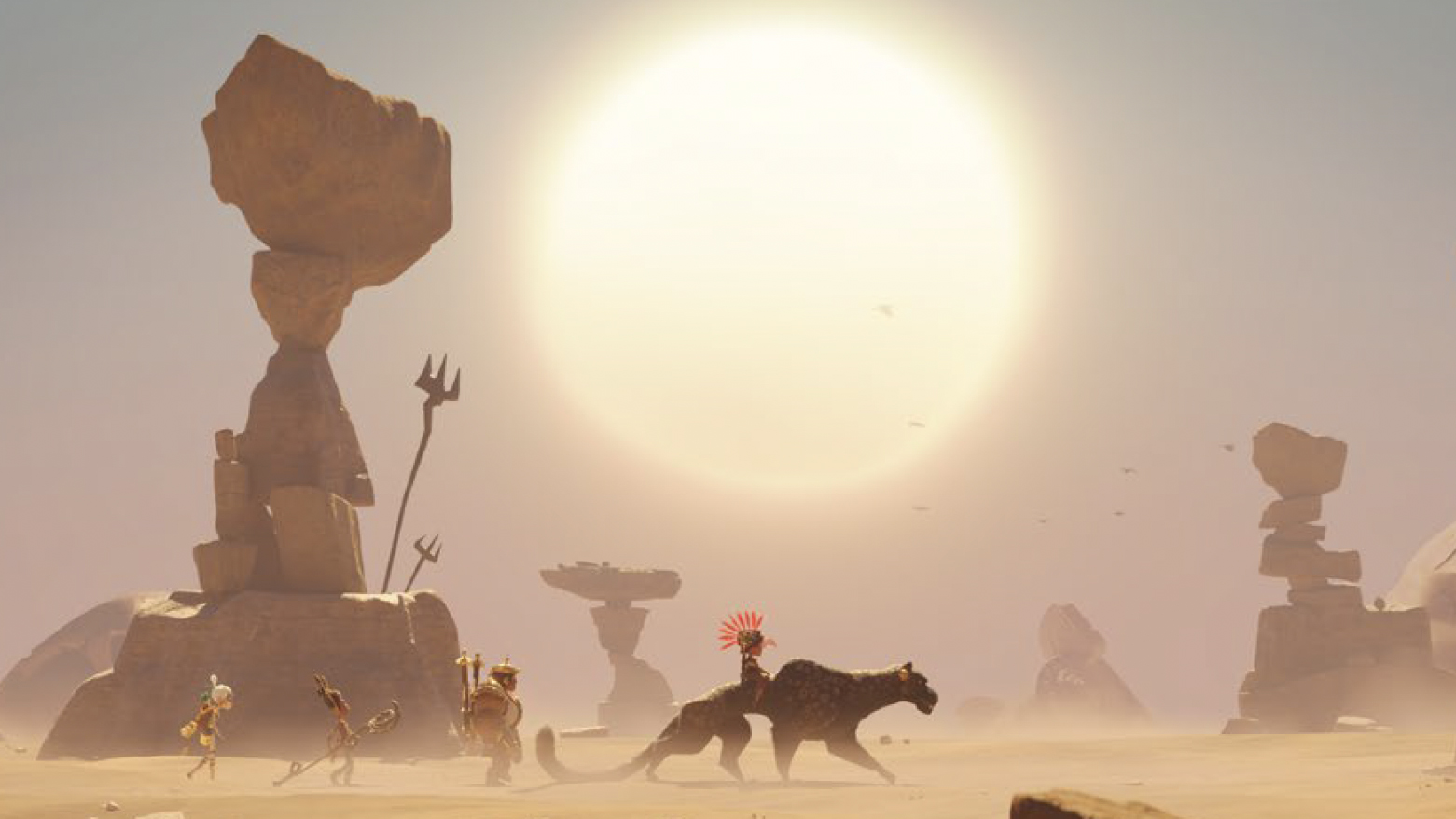
He jokes but speaking with the couple it’s animation a passion. But a series like Maya and the Three may not have been made ten years ago. Netflix has changed the status quo and enables artists from all over the world to show their talents.
“I mean, having worked in Hollywood for 20 years, we were always told it has to work in the US. And if it works outside of the US, it's a bonus,” explains Gutiérrez. “And I think what's happened with streamers, like Netflix, is they're going ‘no, no, no, no, they can be really authentic and it can be really, sort of, from the ground up, and come from a culture, but the audience is no longer the US, the audience is the world.”
We’re consuming more animation than ever before, what Gutiérrez calls a “golden era of animation”. We have more ways to watch and more styles to experience; adult animation, anime, preschool, movies, series, limited series, “it's never been like this before,” says the director.
“I think it's a golden era, because who's getting to tell those stories for the first time, people from everywhere […] and I do think it's never been honestly more diverse, but in a way that's more accessible to everyone else.”
He continues, explaining how Netflix has enabled Maya and the Three to be truly reflective of his culture and influences. “The best part I think what's happening now as you watch these things, from different parts of the world, and you watch these things from different creators of all ages and genders and places, and you start going ‘wait a second, that could be me,’ like you start seeing, you know, these beautiful paintings, and you realise they're mirrors”.
Speaking with Gutiérrez and Equihua it's clear Maya and the Three is an animated Limited Series created from passion, influenced by the couple's childhoods, their culture and love of expressive design. But it also showcases Netflix's global reach, and audiences need to experience global cultures made by those who live that experience.
Never miss an issue of ImagineFX
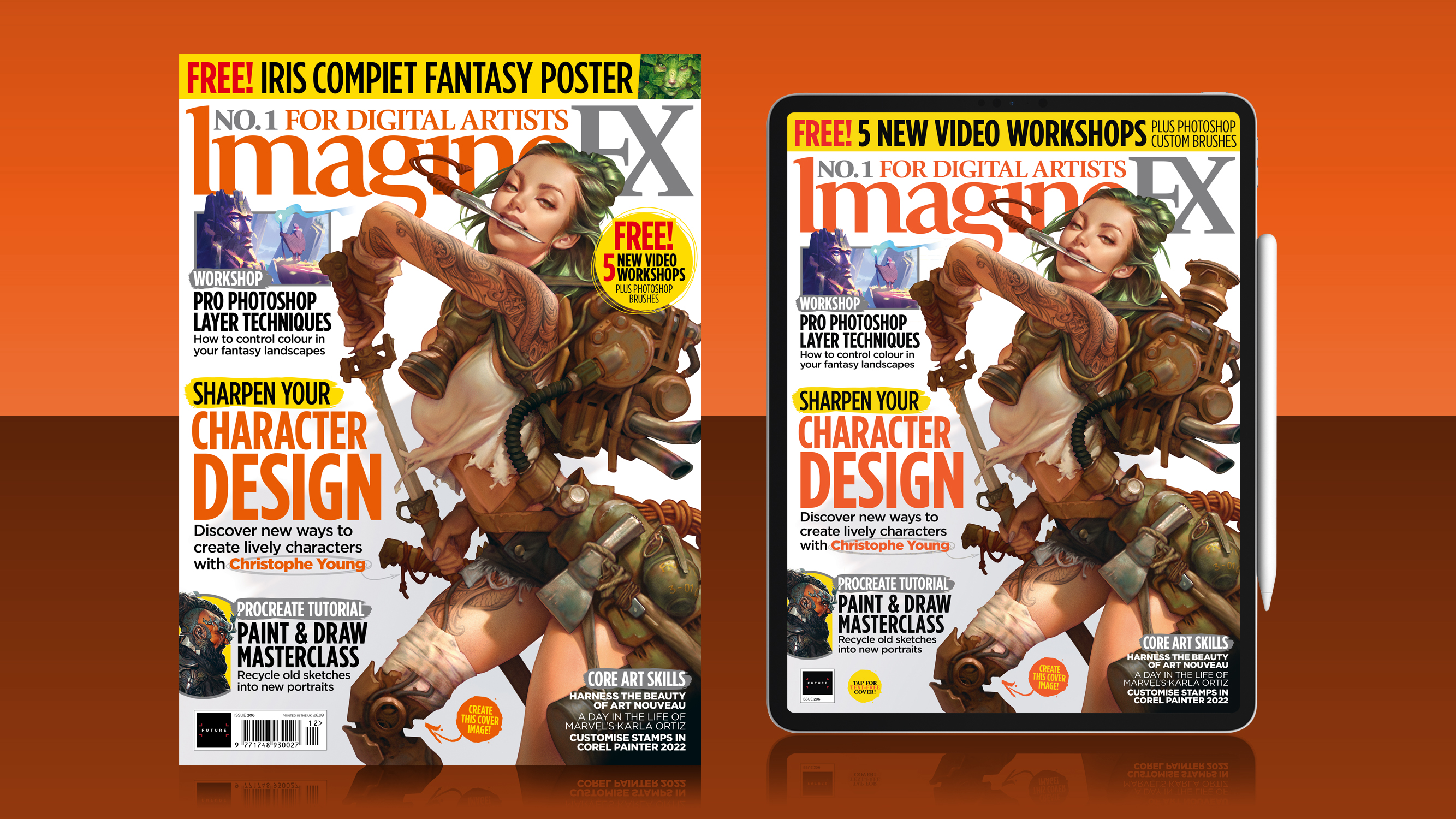
If you liked this piece, you'll love ImagineFX. The world's favourite digital art magazine is on sale in the UK, Europe, United States, Canada, Australia and more. Limited numbers of ImagineFX print editions are available for delivery to over 120 countries from our online store (the shipping costs are included in all prices).
Read more:

Thank you for reading 5 articles this month* Join now for unlimited access
Enjoy your first month for just £1 / $1 / €1
*Read 5 free articles per month without a subscription

Join now for unlimited access
Try first month for just £1 / $1 / €1

Ian Dean is Editor, Digital Arts & 3D at Creative Bloq, and the former editor of many leading magazines. These titles included ImagineFX, 3D World and video game titles Play and Official PlayStation Magazine. Ian launched Xbox magazine X360 and edited PlayStation World. For Creative Bloq, Ian combines his experiences to bring the latest news on digital art, VFX and video games and tech, and in his spare time he doodles in Procreate, ArtRage, and Rebelle while finding time to play Xbox and PS5.
